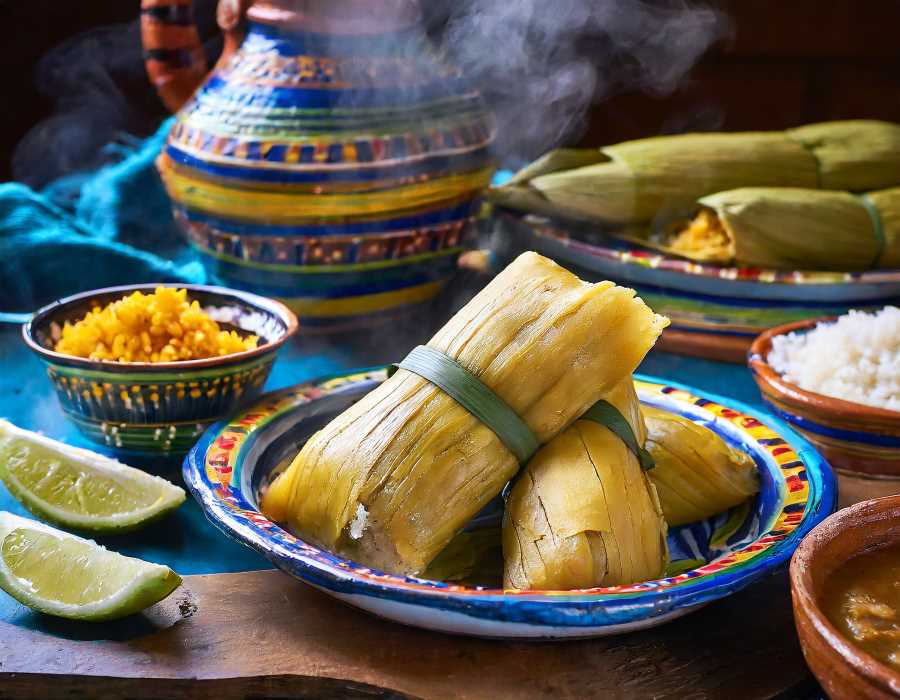How to Make Traditional Rice Tamales
Discover the rich history and flavors of rice tamales. This easy-to-follow recipe combines rice, butter, sugar, milk, and eggs to create a creamy and sweet delicacy. Learn how to make these traditional Mexican treats and indulge in a taste of the past.

In the world of gastronomy, tradition often serves as a delightful gateway to the past, offering a glimpse into how our ancestors prepared dishes that have stood the test of time. Today, we're taking you on a culinary journey back in time to explore an ancient recipe for rice tamales. These rustic and flavorful treats are a testament to the ingenuity of our culinary heritage.




